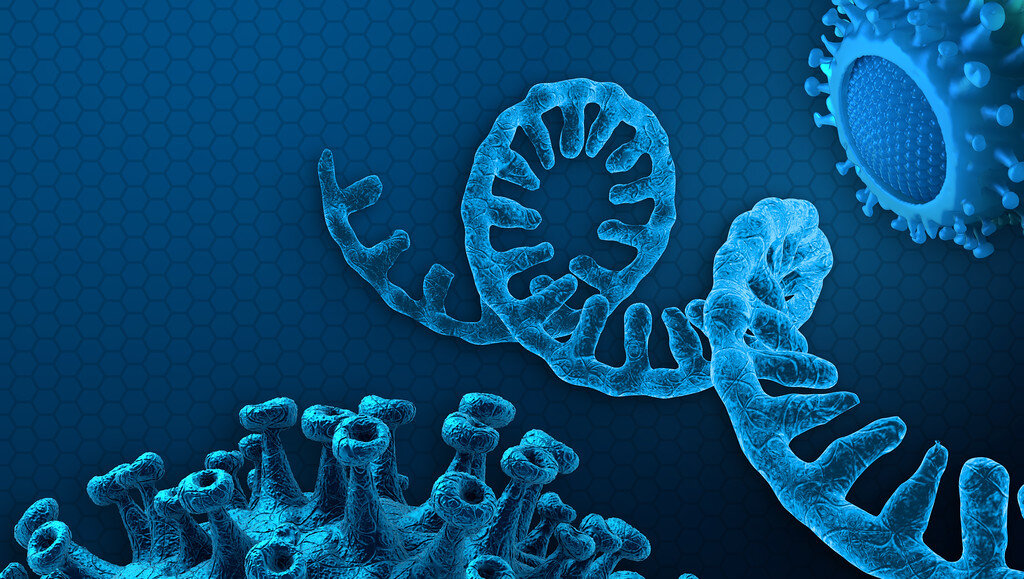BREAKING! COVID-19 Exclusive: Could the SARS-CoV-2 Coronavirus Be Evolving and Mutating to Evade T-Cell Response?
Source: COVID-19 Exclusive Aug 15, 2020 4 years, 8 months, 1 week, 3 days, 19 hours, 24 minutes ago
COVID-19 Exclusive: Researchers from University College London-UK, Imperial College London-UK, University of Oxford-UK, Université de la Réunion-France and CIRAD-France have in a detailed study of the various genomic sequencings and mutations of the SARS-CoV-2 coronavirus discovered a hint that could possibly imply that the virus could indeed be evolving to escape the immunity system of the human host body especially with regards to T-Cell response involving the CD4 and CD8 cells.

The study involved the detail analysis of over 7666 existing genomic sequencings.
The research findings which have been peer-reviewed are published in the journal: Infection, Genetics and Evolution by Science Direct.
https://www.sciencedirect.com/science/article/pii/S1567134820301829#bb0110
Among some of the findings from the study, it was found that 198 sites in the SARS-CoV-2 genome appear to have already undergone recurrent, independent mutations.
According to the research team, detected recurrent mutations may indicate ongoing adaptation of SARS-CoV-2 to its novel human host.
Nearly 80% of the recurrent mutations produced non-synonymous changes at the protein level, suggesting possible ongoing adaptation of SARS-CoV-2.
These 198 positions in the SARS-CoV-2 genome alignment (0.67% of all sites) were associated with 290 amino acid changes across all 7666 genomes. Of these amino acid changes, 232 comprised non-synonymous and 58 comprised synonymous mutations. Two non-synonymous mutations involved the introduction or removal of stop codons were found (*13402Y, *26152G). 53 of the remaining 101 non-synonymous mutations involved neutral hydrophobicity changes.
However three sites in Orf1ab in the regions encoding Nsp6, Nsp11, Nsp13, and one in the Spike protein were characterized by a particularly large number of recurrent mutations (>15 events) which may signpost convergent evolution and are of particular interest in the context of adaptation of SARS-CoV-2 to the human host.
However what was of concern is that one of the strongest homoplasies lies at site 11,083 in the SARS-CoV-2 genome in a region of Orf1a encoding Nsp6.
This site passed the study team’s stringent filtering criteria and was also present in their analysis of the SRA dataset.
Interestingly, this region overlaps a putative immunogenic peptide predicted to result in both CD4+ and CD8+ T-cell reactivity (Grifoni et al., 2020).
https://www.sciencedirect.com/science/article/pii/S1931312820301669
Also more minor homoplasies amongst our top candidates, identified within Orf3a, also map to a predicted CD4 T cell epitope. While the immune response to SARS-CoV-2 is poorly understood at this point, key roles for CD4 T cells, which activate B cells for antibody production, and cytotoxic CD8 T cells, which kill virus-infected cells, are known to be important in mediating clearance in respiratory viral infections (Kohlmeier and Woodland, 2009).
l.021908.132625?journalCode=immunol">https://www.annualreviews.org/doi/abs/10.1146/annurev.immunol.021908.132625?journalCode=immunol
The study team also identified a strong recurrent mutation in nucleotide position 21,575, corresponding to the SARS-CoV-2 spike protein (codon 5). While the spike protein is the known mediator of host-cell entry, our detected homoplasy falls outside of the N-terminal and receptor binding domains.
Although it is very premature to even comment at this stage and more studies are warranted, we at Thailand Medical News strongly feels that perhaps the SARS-CoV-2 coronavirus could most likely be evolving and mutating to evade T Cell immunity response from the CD4 and CD8 cells or even worse it could be developing a strategy to literally either paralyze or deplete these T Cells, in which case it would be disastrous for the human host.
More attention needs to be paid on mutations in these regions of the SARS-CoV-2 genome along with detailed studies of these regions and their link to the host immune system and functions.
For more
COVID-19 Exclusives, keep on logging to Thailand Medical News.
